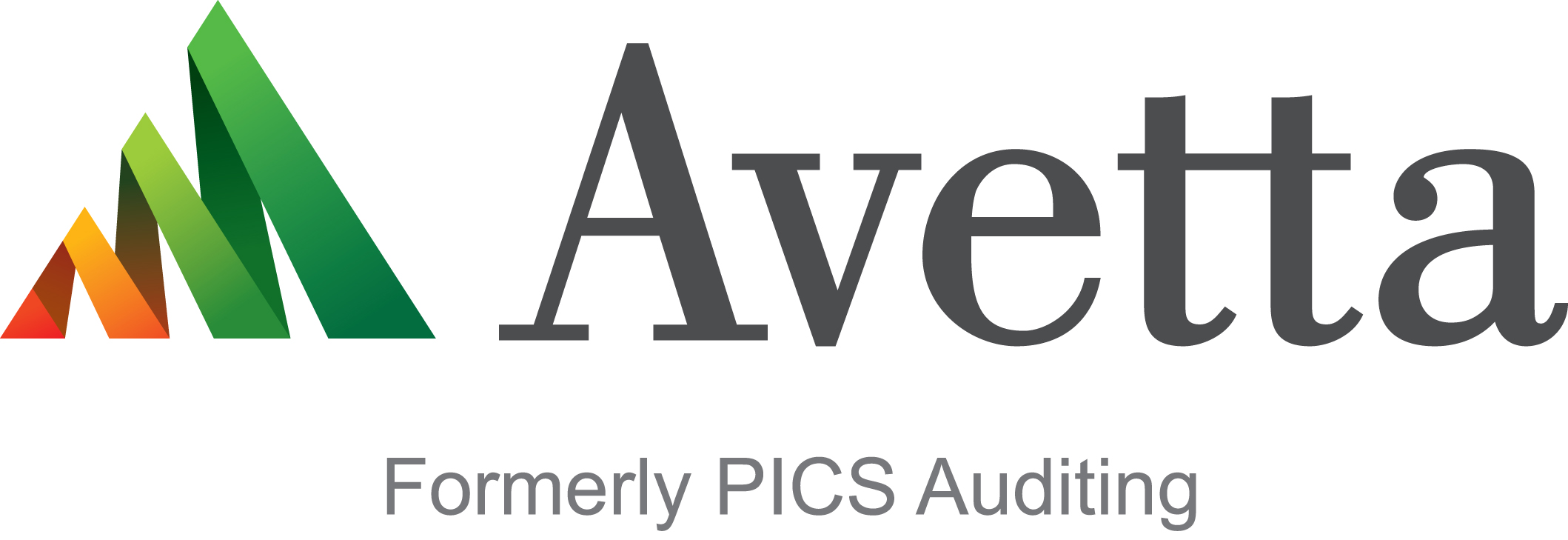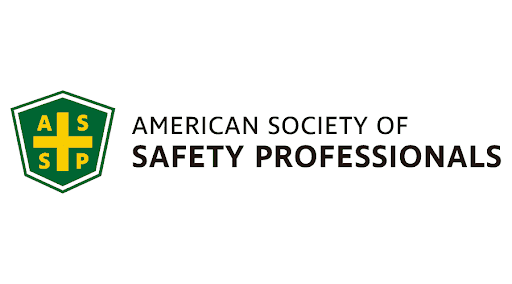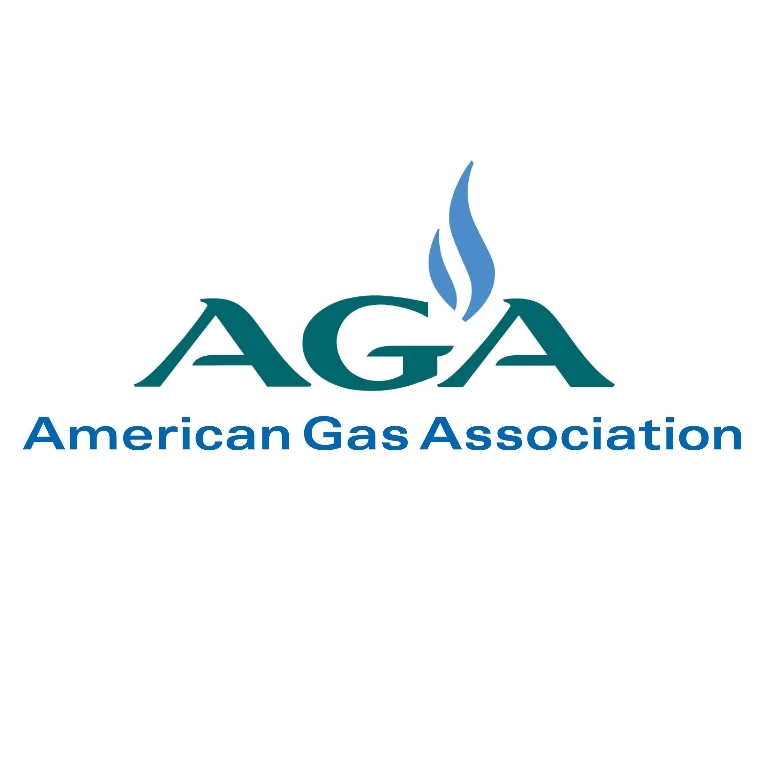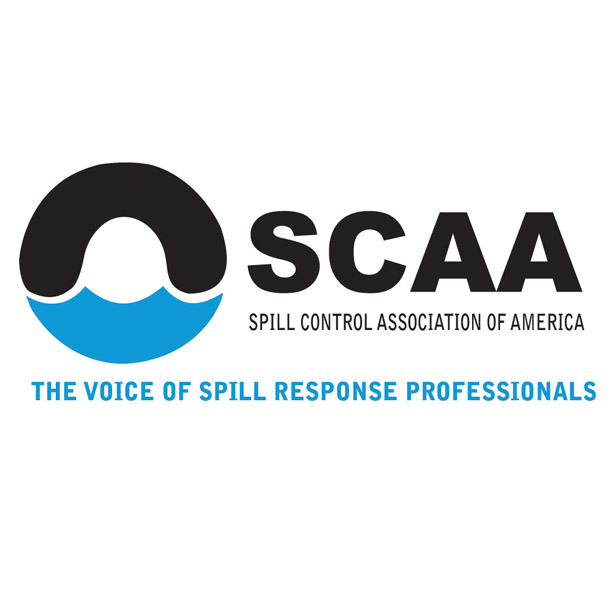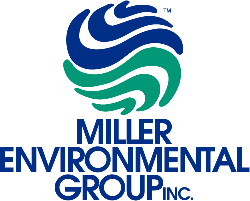What is considered a confined space entry?
Working in a confined space can be a tricky situation. Not only prioritizing safe entry for employees and contractors but also determining whether you will need a permit or not for the space and proper entrance guidelines.
What exactly is considered a confined space? OSHA defines a confined space as any space that:
- Is large enough and so configured that an employee can bodily enter and perform assigned work
- Has limited or restricted means for entry and exit
- Is not designated for continuous employee occupancy.
If all of this is true, the space is considered confined and should be treated much differently than a typical workspace to prevent mishaps or accidents.
What are my responsibilities?
Even if you and your employees never plan on entering the confined space, this protocol still must be followed. Just because you are not entering it does not mean it is not a confined space. With that being said, at some point contractors may need to enter, meaning the proper protocols should be taken care of before the problem arises.
OSHA states that three distinct bodies make decisions and/or perform the work when it comes to confined spaces:
- The entry employer– This is typically the contractor. The entry employer is the one who decides if the space is safe enough to be entered. They will communicate their findings to the controlling employer to determine the best course of action for proper entry depending on present hazards in the area.
- The host- This is the owner of the building or property. The host employer is the employer that owns or manages the property where the entrance is being completed.
- The controlling contractor/employer– This is the company operating in that space. The controlling employer is the employer with the overall responsibility for the entrance and therefore should be extremely knowledgeable of the do and don’ts of confined spaces.
Do I need a permit?
If you have determined that you own and/or will be working in a confined space, the next step is to determine whether or not you need a permit before entry.
To do this, the employer will evaluate to determine if any of the following are present:
- Hazardous Atmosphere
- Contains material or has a configuration that has the potential to engulf or entrap
- Contains other recognized serious safety or health hazard
If any of these answers is yes, your company will need a permit before anyone enters the confined space. The employer is the one who will make the final call on this decision so it is important to be well informed to avoid injury and/or fines due to negligence.
Another important thing to note is that non-permit does not mean non-hazardous. You still need to take all of the necessary precautions when working within a confined space, even without a permit.
Safe strategies to prepare for confined space entry
If your property contains a confined space, here are a few protocols to ensure safety throughout the area.
- Complete the assessment to determine whether or not your space needs a permit.
- Complete the necessary protocols for permit and non-permit confined spaces such as putting signs at all entry points.
- Air monitor the space to determine if any hazards are present in or around the confined space.
- Be sure all other safety precautions are taken including proper PPE usage, tagouts, and fall protection.
- Train employees in confined space entry, awareness, and hazard recognition.
- Before the entry of an employee or third-party contractor, review responsibilities for involved parties, safe entry protocols, and rescue plans.
- Perform confined space entry drills to prepare for entry.
MEG- Leaders in confined space training
Miller Environmental prioritizes safety before anything else. We provide a balance of classroom and hands-on field exercises for all of our safety courses and training. Our methods focus on teaching the skills necessary for on-the-job safety and everyday application.
To learn more about how MEG can help your company prepare for confined space entry, contact us today!



